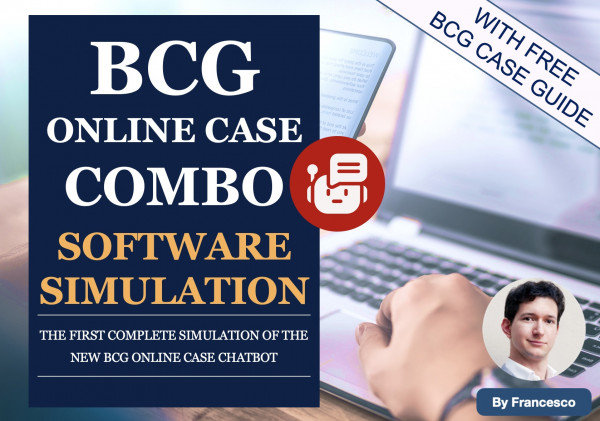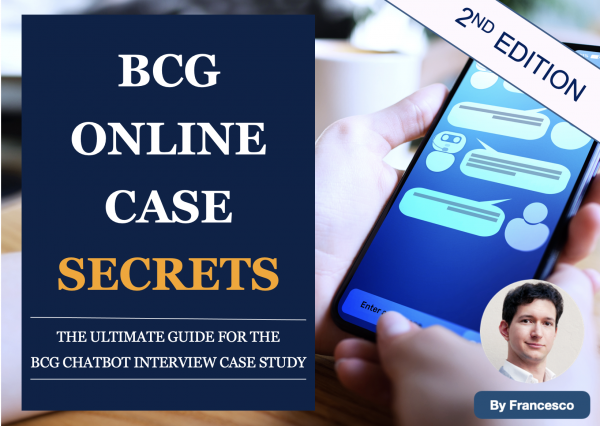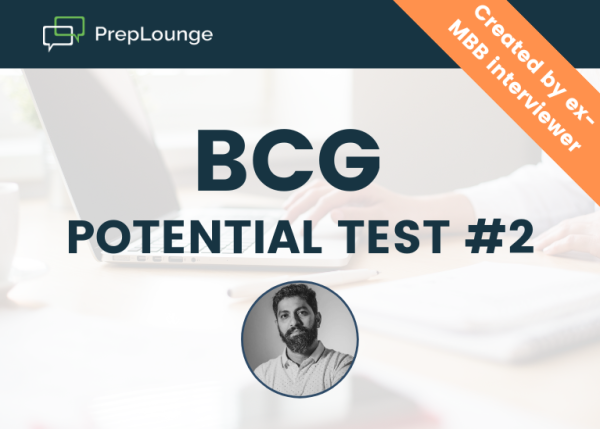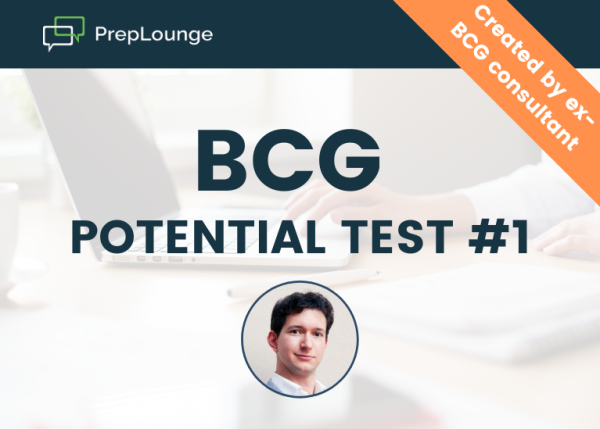I'm new to case studies but an area that I'm not fully understanding is structuring/laying out an issue tree. Do you write out a hypothesis at the top and branch out a tree from that (Victor Cheng) or do you write out the client question at the top and list MECE buckets that are drivers behind the question?
I'm interviewing with BCG and want to clarify this because I don't see the hypothesis at the start of the tree used outside Victor Cheng and I'm trying to understand why? And whether the second approach is the one they want to see.










